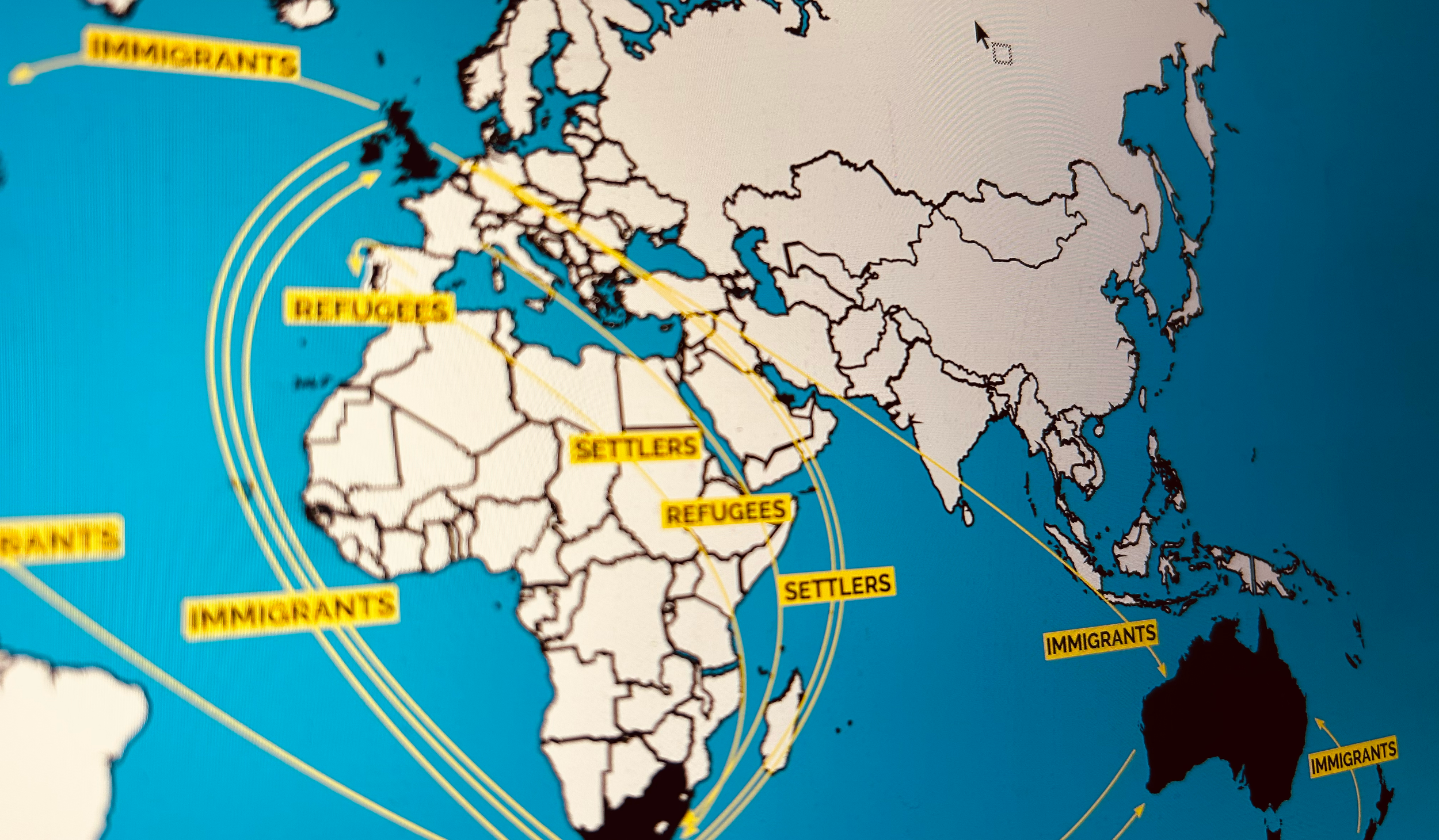Mapping 500 years of family migration
It has been difficult to watch the rise of anti-immigration sentiment in the two countries I have emigrated to - Australia and the UK - particularly as our industry relies on the diverse skills that immigrants share. My father, grandparents and generations before them were immigrants, as is my sister. I have been an immigrant since I was 21, relocating twice. The curiosity, adaptability and hard work being an immigrant demands have shaped me deeply, influencing how I lead and how I contribute to our digital community each day as a lifelong learner.
Mapping familial migration patterns
To explore just how significant immigration has been for my family, I mapped their migration patterns for approximately 500 years using the now AI-enhanced Ancestry.com, as well as GenAI tools as search engines. The result has been an overwhelming amount of information, with hundreds of stories yet to be explored. Some discoveries even revealed unexpected familial connections with friends.
The image below is a simplified summary of my familial migration patterns for approximately 500 years, informed by the AI tools above but manually visualised using InDesign. This process helped me to construct and make sense of information while having the benefit of extensive data as an input.
As you can see, for just over 500 years, my family has included immigrants who moved for economic opportunities, settlers who established colonies (admittedly at the significant expense of many other people) and refugees escaping religious persecution. Many of my family stories before then are unknown, although it is likely we were both invaders and displaced people, a story shared with most humans on earth. Some of my ancestors participated in the 300,000-year human migration, returning to the continent where our species began.
Migration is the human story most of us share
I’m sure many people will recognise their own family story in mine as most of us are ultimately the product of historical migration. What divides us is not immigrants vs non-immigrants.
The most significant division lies between the minority who hoard wealth and prosperity to the detriment of the majority. Lobbying against people who have legally met multiple requirements just to contribute skills, growth and investment undermines everyone’s ability to thrive, particularly as skills gaps are a perpetual challenge in our industry.
Finding real solutions
I absolutely believe that countries have every right to define and enforce the terms of immigration to benefit their citizens. People also have every right to point out that some services and marketplaces are not designed for the growing scale of demand. However, the solution lies in rethinking those systems and in policy changes such as progressive taxation, living wages, affordable education, housing and healthcare, to name a few. Because if countries want fast growth in any sector in which there are not enough skilled workers locally, it is likely they will need immigrants and those immigrants deserve a level of security and inclusion in return.
After all, we will need to help one another if we are to steer the next phase of growth in our industry in the right direction.







